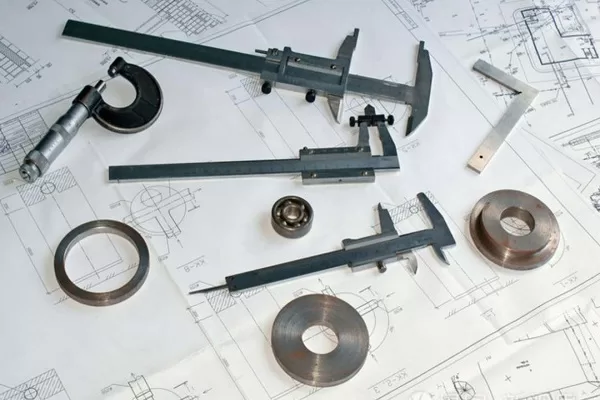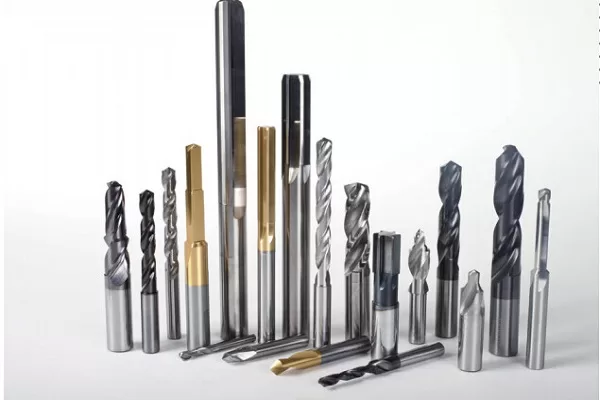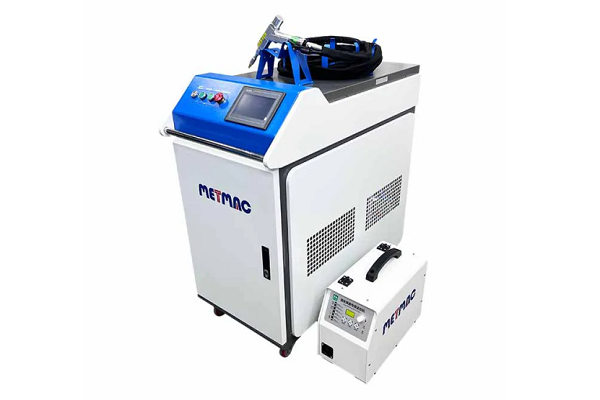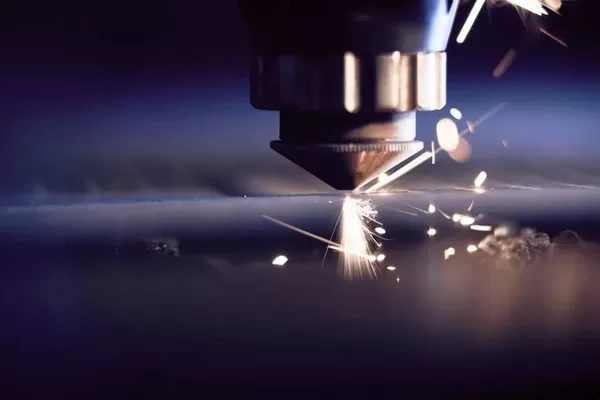
The Evolution of Plate Bending Technology
- By:Metmac
- 2024-07-09
- 118
The Evolution of Plate Bending Technology: Shaping Metal from Concept to Creation
In the realm of metal fabrication, plate bending technology has undergone a remarkable metamorphosis, revolutionizing the way we shape and manipulate metal sheets. From the rudimentary manual methods of yore to the sophisticated CNC (Computer Numerical Control) marvels of today, the evolution of plate bending techniques has been an epic journey of innovation and precision.
Manual Bending: A Forerunner’s Legacy
The genesis of plate bending lies in the humble hands of artisans, who employed anvil-and-hammer techniques to bend metal sheets with brute force and artisanal skill. This labor-intensive process, known as manual bending, required considerable expertise and physical strength to achieve precise results.
Hydraulic Bending: Power in Precision
The advent of hydraulic bending machines in the mid-20th century marked a quantum leap in plate bending technology. Hydraulic presses leveraged the power of pressurized fluid to apply controlled force for bending metal sheets. These machines enabled greater precision and consistency, reducing reliance on human effort and increasing productivity.
CNC Bending: A Digital Revolution
The rise of CNC technology in the 1980s ushered in a new era of plate bending automation. CNC machines are equipped with computer-controlled systems that translate digital design files into precise bending operations. This technological advancement significantly enhanced accuracy, repeatability, and the ability to handle complex bending sequences.
Advanced Technologies: Pushing the Boundaries
Recent years have witnessed the emergence of cutting-edge plate bending technologies that push the boundaries of innovation. Laser bending, for instance, utilizes a laser beam to heat and bend metal sheets without the need for physical contact. Rotary bending machines, on the other hand, employ a rotating die to bend metal sheets along a curved path, enabling the creation of intricate shapes and profiles.
The Future of Plate Bending
As technology continues to advance, the future of plate bending promises even greater precision, efficiency, and versatility. Artificial intelligence (AI) and machine learning are poised to further optimize bending processes, enhancing quality control and reducing waste. Hybrid plate bending machines that combine different technologies are also emerging, offering a comprehensive solution for various metal fabrication needs.
The evolution of plate bending technology is a testament to human ingenuity and the relentless pursuit of innovation. From the rudimentary beginnings of manual bending to the sophisticated CNC marvels of today, this technology has empowered engineers, designers, and manufacturers to shape metal sheets into countless forms, transforming ideas into tangible realities. As we look to the future, plate bending technology continues to evolve, promising even more transformative possibilities in the years to come.
-
The Advantages of Using a Sheet Roll Forming Machine in Manufacturing
2024/09/14 -
How to Optimize Your Laser Sheet Cutting Machine for Maximum Performance
2024/09/12 -
How to Maximize Efficiency with Modern Sheet Metal Working Machines
2024/09/04 -
The Environmental Benefits of Using Duct Board Grooving Machines
2024/09/03
-
Improving Accuracy in Metal Fabrication with Laser Metal Shear Machines
2024/05/11 -
Latest Technological Advancements in Rectangular Duct Machines
2024/05/11 -
Integrating Automation with Rectangular Duct Machines for Enhanced Productivity
2024/05/11 -
Metal Shear Machines- Essential Tools for Precision Metal Cutting
2024/05/11
-
A Guide to the Latest Innovations in Sheet Metal Folding Machines
2024/11/29 -
Key Features to Consider When Investing in a Sheet Metal Folding Machine
2024/11/28 -
Enhancing Precision with Advanced Sheet Metal Folding Machines
2024/11/27 -
How to Choose the Right Sheet Metal Folding Machine for Your Workshop
2024/11/26



